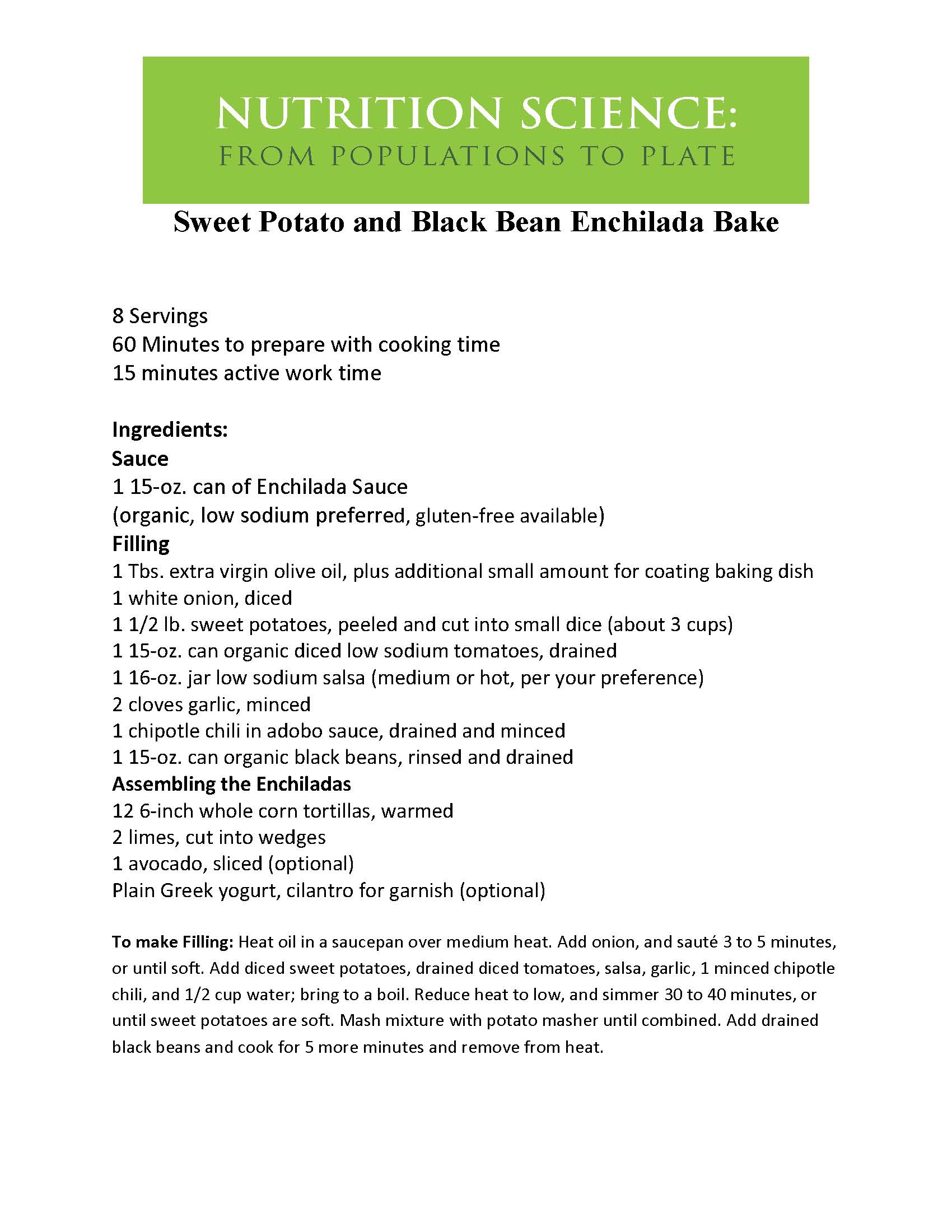Nutrition Blog
Welcome to my Nutrition Blog!
 Laura Frese, MMS, PA-C, RD received her bachelor’s degree in science nutrition and dietetics at Saint Louis University in St. Louis. She then finished her physician assistant studies and master’s degree in medical science at Northwestern University in Chicago.
Laura Frese, MMS, PA-C, RD received her bachelor’s degree in science nutrition and dietetics at Saint Louis University in St. Louis. She then finished her physician assistant studies and master’s degree in medical science at Northwestern University in Chicago.
She is a certified physician assistant and registered dietitian who is trained to provide low risk obstetric and gynecological services including prenatal care, pap smears, contraceptive counseling, and STD prevention and treatment.
Laura is uniquely trained to help teach, mentor, and advise women on nutrition and overall health. We are excited to have Laura head up a program where our patients will get more than just the general, “one-size-fits-all” nutritional counseling. For prenatal nutrition, general health, or weight loss, she is an excellent guide for counseling of effective nutritional and lifestyle habits that will assist patients throughout their lives.
She is an active member of the American Academy of Physician Assistants and the Academy of Nutrition and Dietetics.
Never say goodbye to heart disease awareness…
As we wrap up February, we wanted to remind everyone that heart health is always important, regardless of the month. We hope that you treat every month like it is national heart health month. Through positive heart healthy choices, you can help keep your heart strong for years to come. Heart disease is the leading cause of death for both men and women in the U.S., across all races and ethnicities. It accounts for nearly 1/4 of all deaths in women each year.
The unfortunate part about heart disease is that it is frequently a silent disease… until it’s not. Strokes, heart attacks, and sudden cardiac death can all occur without prior warning.
The best ways to promote heart health are:
- Eat a heart-healthy diet.
- Participate in regular exercise and lead a physically active lifestyle.
- Maintain regular appointments with your primary care physician to check blood pressure, cholesterol and other important disease markers.
The American Heart Association recommends following a well-balanced diet that focuses on:
- Fresh or frozen fruits and vegetables. Aim for 5 – 9 servings daily!
- Lean protein. Choose skinless/light meat poultry, fish, and lean cuts of beef and pork (such as loin), and prepare them in healthy ways such as grilling, baking and broiling. Avoid fryers as much as possible! Beans and lentils are also low-fat sources of protein.
- Low-fat dairy. Opt for milk, yogurt, cottage cheese, cheese and ice cream made with skim or 1% milk.
- Whole grains. Choose breads, pastas, cereals and wraps whose first ingredient is “whole grain” or “whole wheat.” Opt for brown rice instead of white. Add oatmeal to your morning routine. Try to make at least HALF of the grain servings you eat WHOLE grains.
- Heart-healthy fats. Unsaturated fats are best for your heart. Unsaturated fats typically come from plant-based sources. Examples include olive oil, nuts and nut butters, flax seed, and avocado. Fish oils, from fatty fish such as salmon, are great for your heart too!
AVOID these heart-hurting foods:
- Saturated fats – typically found in animal products, such as full-fat dairy, butter, egg yolks, poultry skin, red meat. Saturated fats stay solid at room temperature — like a stick of butter, or the jar of grease you skimmed off the bacon. Imagine those fats inside your body… they stay solid and clog up your arteries and heart valves, increasing risk of heart attack and stroke. Yuck!
- Sodium. Eating high-sodium foods and adding extra salt can increase your blood pressure and be hard on your heart. Try seasoning foods with herbs and vinegars, rather than using the salt shaker. Many processed foods contain way more sodium than you’d think. Instant pudding actually has much more sodium per serving than potato chips! Canned soups, condiments (like BBQ sauce), and frozen meals are other big offenders. The more processed, instant, or shelf-stable the product, the more likely it’s packed with sodium. Check the ingredient label, and aim to get <2400mg sodium daily.
- Alcohol. If you drink alcohol, do so in moderation. The recommendations are to have no more than 1 drink per day for females, and 2 drinks per day for males. (And, NO, you don’t get to save up your drinks all week and have 5 per day on the weekend! )
Here are a few heart-healthy meal plans:
https://www.mayoclinic.org/diseases-conditions/heart-disease/in-depth/heart-healthy-diet/art-20046702
http://www.eatingwell.com/article/289245/7-day-heart-healthy-meal-plan-1200-calories/
❤Laura
With the start of summer comes a fresh opportunity to focus on making changes that lead to a healthier lifestyle. Fresh produce abounds, nicer weather and longer days encourage more outdoor activity, and Chicago comes out of hibernation! Here are a few top tips for making this summer your healthiest yet.
- Plan healthy backyard barbeques.
While grilling can be a very healthy way to prepare foods, some sneaky meats, condiments and sides can turn your backyard barbecue into a nutrition nightmare. It is certainly possible to enjoy fun summer get-togethers without sabotaging your diet.Just like any other meal, aim to fill half of your plate with fruits and vegetables. Enjoy summertime specials like corn on the cob, grilled vegetable skewers, fresh tomatoes, watermelon and berries. For your entrée, try choosing leaner cuts of meat, like skinless chicken or 90% lean ground beef, or fresh fish. And if you need to round out the meal with any sides, try a wholesome option like grilled sweet potatoes, a whole wheat bun, or even baked beans. Be cautious of mayo-based sides, such as coleslaw and potato salad, as well as the bags of potato chips and summer cocktails.Also beware of condiment calorie counts! Many are packed with more fat and sugar than you may realize. For example, BBQ sauce is nearly ½ sugar, and mayonnaise is ½ fat – both full of lots of empty calories. Instead choose options like mustard, salsa and fresh herbs to add flavor. - Build a healthy, hearty salad.
With an abundance of fresh produce in-season during summer, fruits & veggies are often tastier and more affordable in summer than other times of the year. Take advantage by building a salad that fills you up without heating your kitchen up!Try a variety of greens, working to incorporate more dark leafy greens that are dense in vitamins and minerals. Spinach, arugula, kale and mixed spring greens are all great options. Challenge yourself to include as many colors as you can: cherry tomatoes, sliced carrots, yellow bell pepper, red onion, baby bella mushrooms. Fresh berries, mandarin oranges and pineapple all make excellent salad toppings as well!To make your salad more filling, add a wholesome protein source, such as grilled chicken breast, roasted chickpeas, hard-boiled egg or canned tuna. Add flavor with chopped fresh herbs or a sprinkle of freshly ground pepper. Choose oil and vinegar-based dressings, like a balsamic vinaigrette, over creamy alternatives. And beware the calorie-dense add-ons that can quickly sabotage a salad, such as bacon bits, croutons, large portions of cheeses and creamy dressings. - Make time for exercise.Although the gyms may remain closed for a while, the warmer temps and longer hours of sunlight bring lots of options for outdoor physical activity. Go for a bike ride through your neighborhood, or pack up the bike to hit the more open trails of a nearby forest preserve. Take a long walk, exploring new neighborhoods in the Chicagoland area, or find a local state park that is open for hiking. If you’re up for more of a challenge, now is a great time to take up jogging! There are plenty of easy “couch to 5K” training programs online, easily found with a quick Google search. Look for park benches along your route to stop for a few tricep dips, knee-ups, squats or other bodyweight exercises to mix it up. If you have access to a pool, get your heart pumping by treading water, swimming laps or playing water sports with your family. If you have safe access to a pond or lake, kayaking, canoeing and stand-up paddle boarding are more fun activities that are sneakily also a great workout.
Summer 2020 may look a lot different than we had hoped, but we can make the best of it by enjoying more fresh air and sunshine, filling up on fresh seasonal produce, and treating our bodies well so that we stay happy and healthy all season long.

















